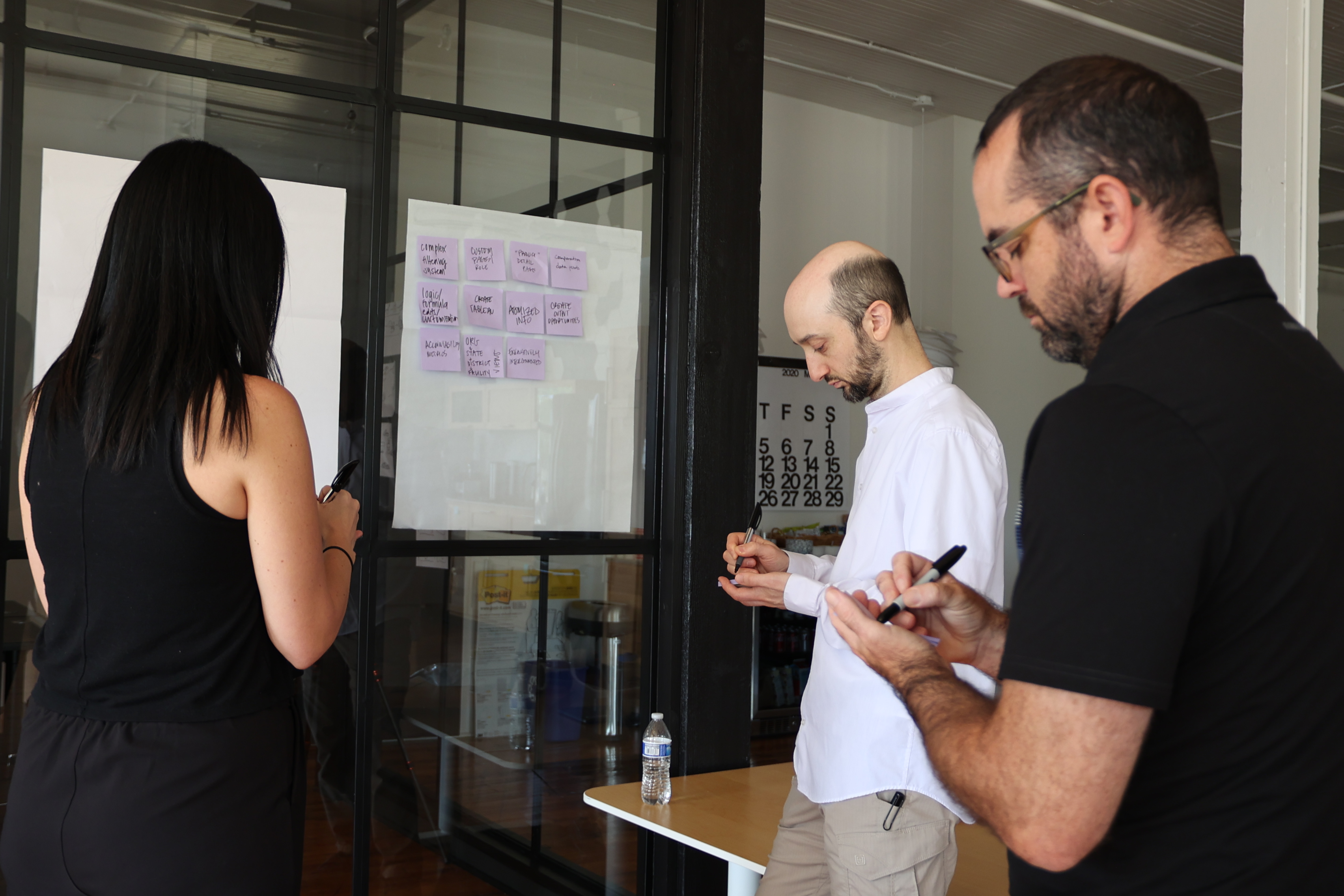A Design Sprint to Increase Velocity and Gain Leadership Buy-In
Disclaimer: Due to the nature of this engagement, the brand name of this client must be kept private.
Expediting the design process
In Q4 2019, a Senior Product Manager at a Major Retail Chain (hereby known as the Client) was looking at his roadmap for a customer experience that they hoped to redesign by late Q3 2020. In order for the development team to hit this timeline, designs had to be done in Q2, which meant that the new product direction would need to be done in Q1, only a few months away. In other words, they needed solutions fast. For this reason, he began looking up companies that could help run a Design Sprint with their team.
He was familiar with Design Sprints because he’d done them several times with a previous company. The company he worked at now had never run a Design Sprint before, but he was confident that this type of process would be just what his team needed to quickly achieve cross-team alignment and deliver high-fidelity prototypes that would immediately move into testing with their users. Specifically, he knew that quickly testing with users would reveal if the 2020 redesign would be better than the current experience. Ultimately, the Client achieved this, and more.














